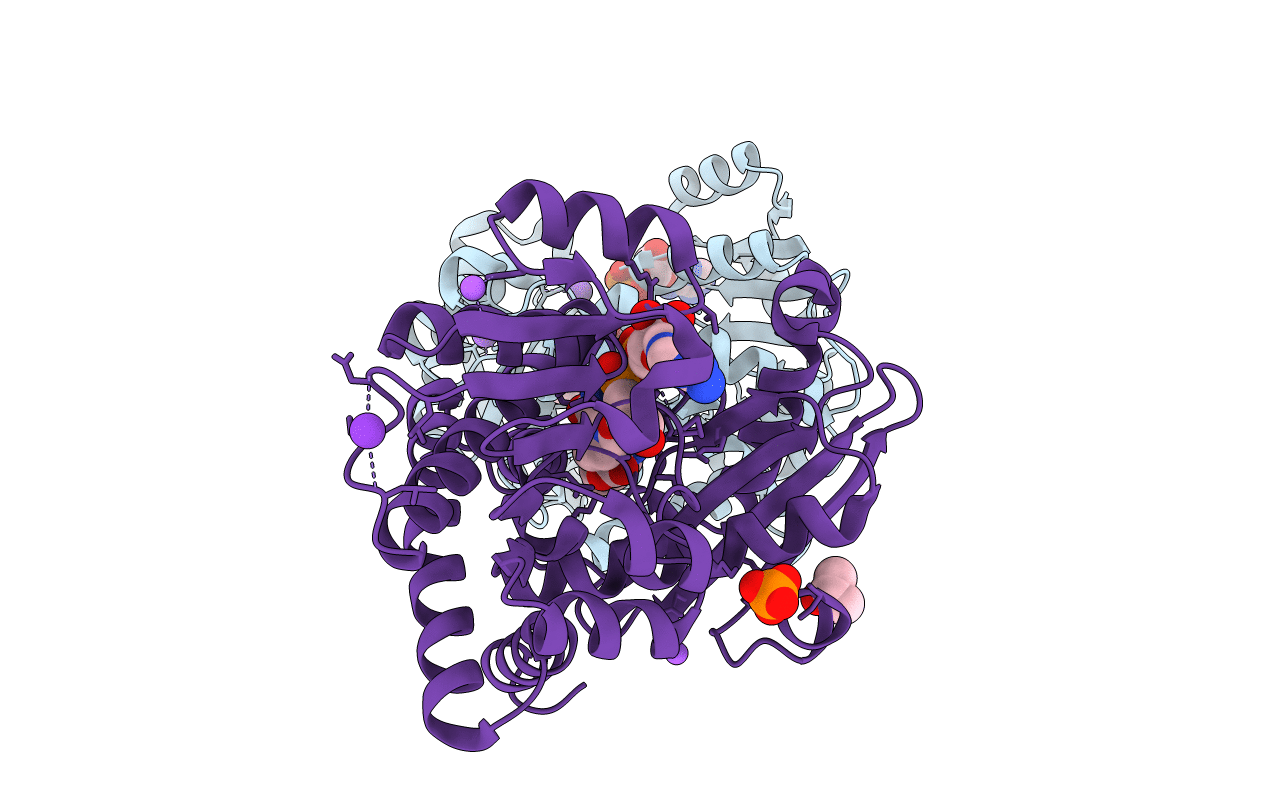
Deposition Date
1999-07-21
Release Date
2000-08-30
Last Version Date
2024-02-07
Entry Detail
PDB ID:
1C1D
Keywords:
Title:
L-PHENYLALANINE DEHYDROGENASE STRUCTURE IN TERNARY COMPLEX WITH NADH AND L-PHENYLALANINE
Biological Source:
Source Organism:
Rhodococcus sp. (Taxon ID: 1831)
Host Organism:
Method Details:
Experimental Method:
Resolution:
1.25 Å
R-Value Free:
0.23
R-Value Work:
0.19
R-Value Observed:
0.19
Space Group:
P 21 21 21


